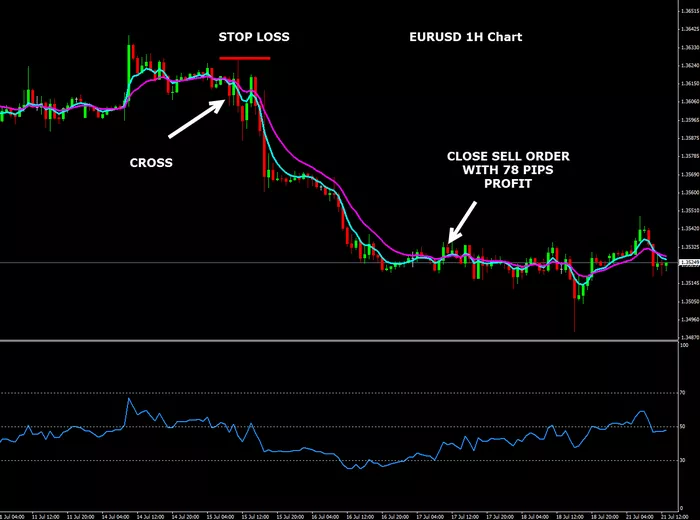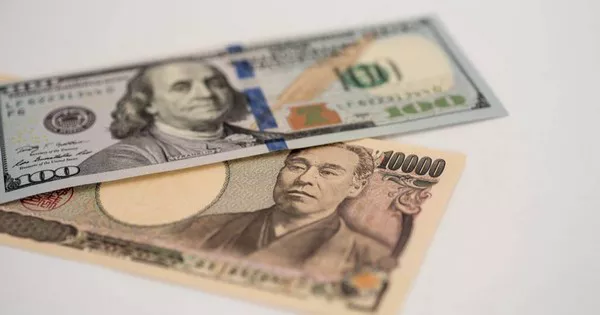The BRICS countries—Brazil, Russia, India, China, and South Africa—have long been recognized as influential players in the global economy. As these nations grow in economic power, the idea of a unified BRICS currency has garnered increasing attention. In this article, we will explore the topic of BRICS currency, its potential relationship with the US Dollar (USD), and the broader implications of such a currency. We will examine the historical context, the motivations behind the BRICS countries considering a common currency, and the potential impact on global financial markets.
What is the BRICS Currency?
The BRICS currency refers to the potential idea of a single currency being introduced by the BRICS nations. While there is no official BRICS currency as of now, the concept has been discussed frequently among the leaders of the BRICS countries. The motivation behind the creation of such a currency is to reduce the countries’ dependence on the US Dollar, enhance economic cooperation among the BRICS members, and boost their geopolitical influence.
As of now, each of the BRICS countries uses its own currency—Brazil uses the Brazilian Real (BRL), Russia uses the Russian Ruble (RUB), India uses the Indian Rupee (INR), China uses the Chinese Yuan (CNY), and South Africa uses the South African Rand (ZAR). The idea behind a common BRICS currency is to create a financial instrument that allows for greater integration and collaboration among these nations, especially in trade and investment.
The Motivation Behind a BRICS Currency
The BRICS nations have several reasons for considering the creation of a common currency. The main motivations are economic, geopolitical, and strategic.
1. Reducing Dependence on the US Dollar
One of the primary motivations for the BRICS countries to consider a shared currency is to reduce their reliance on the US Dollar. The US Dollar has historically been the world’s dominant reserve currency, used in most international trade transactions and held as a reserve by central banks around the world. As a result, many countries, including the BRICS nations, have felt vulnerable to fluctuations in the value of the USD and its impact on their own economies.
By creating a BRICS currency, the member countries would have the potential to conduct trade among themselves without using the US Dollar, thereby reducing exposure to the USD. This could help mitigate risks related to currency fluctuations, sanctions, and geopolitical tensions that often involve the USD.
2. Increasing Economic Cooperation Among BRICS Nations
The BRICS nations are already significant trading partners with each other, and a common currency could strengthen their economic ties. The use of a unified currency would facilitate smoother trade transactions by eliminating the need for constant currency exchanges, which often result in high transaction costs. It could also simplify the movement of capital and increase investment within the BRICS bloc.
Additionally, a BRICS currency would allow for greater economic integration, which could lead to a stronger collective bargaining position in global trade and financial markets. This could benefit the economies of the BRICS nations, particularly in areas such as infrastructure development, energy, and technology.
3. Enhancing Geopolitical Influence
A BRICS currency could serve as a tool for the countries to assert their influence in the global financial system. The US Dollar’s dominance in international markets has often been a source of frustration for countries seeking more autonomy in their economic dealings. By introducing a common currency, the BRICS countries could challenge the supremacy of the USD and reduce the influence of Western powers in global financial institutions.
This shift in the balance of power could also encourage other countries, particularly in the Global South, to join the BRICS bloc or adopt the BRICS currency for trade and investment purposes. In this way, the BRICS nations could increase their political and economic influence on the world stage.
How Would a BRICS Currency Affect the US Dollar?
The introduction of a BRICS currency could have several implications for the US Dollar. The primary impact would be a decrease in the demand for the USD in transactions between the BRICS countries, particularly for trade and investment purposes. As the BRICS nations would no longer need to use the USD for intra-BRICS transactions, the volume of USD-denominated trade could decrease.
However, it is important to recognize that the US Dollar remains deeply entrenched in global finance. The USD is widely used in global trade, especially in commodities like oil and gold, and is held as a reserve currency by many central banks. Despite efforts by countries like China and Russia to use their own currencies for trade, the USD’s position as the global reserve currency is unlikely to be replaced in the short term.
1. Impact on Global Trade
If a BRICS currency were to be widely adopted for trade between member countries, it could reduce the demand for the US Dollar in these transactions. However, it is important to note that the BRICS nations account for only a fraction of global trade. While their economies are growing rapidly, they do not yet dominate global trade in the way that the US does. For example, the United States remains the world’s largest importer and exporter of goods, making the USD indispensable in international trade.
Nevertheless, the BRICS countries could gradually shift more of their trade to the BRICS currency over time. This would reduce their dependence on the USD for commercial transactions and help lower the influence of the US in their economic affairs.
2. Impact on the US Dollar’s Reserve Currency Status
The US Dollar’s status as the world’s primary reserve currency is one of the key factors that contribute to its strength. Many central banks hold USD as part of their foreign exchange reserves, and global trade in key commodities, such as oil, is typically denominated in USD.
If a BRICS currency were to gain widespread acceptance, it could challenge the US Dollar’s dominance in the global financial system. However, the transition away from the USD as the reserve currency would be a gradual process. The BRICS countries would need to convince other nations to adopt their currency for international trade and investment, which would require significant trust in the stability and liquidity of the new currency.
Challenges to the BRICS Currency
Despite the potential advantages of a BRICS currency, there are several significant challenges to its creation and implementation.
1. Economic Disparities Among BRICS Nations
One of the main challenges in creating a common currency for the BRICS nations is the economic disparities between the member countries. The BRICS economies vary widely in terms of size, development, and economic structure. China is the world’s second-largest economy, while South Africa has a much smaller economy. These differences could make it difficult to create a currency that benefits all member countries equally.
Additionally, countries like Brazil and Russia rely heavily on commodity exports, while India and China have more diversified economies. The economic needs and priorities of these countries may not always align, making it difficult to create a shared monetary policy that suits all parties.
2. Political Differences
BRICS countries also face political challenges in forming a common currency. Each member country has its own political system and priorities, which could complicate the creation of a unified currency. For example, China and Russia have centralized political systems, while India is the world’s largest democracy, and Brazil and South Africa have mixed political systems. These differences could lead to disagreements over how to manage a common currency and which policies to implement.
3. Currency and Monetary Policy Control
One of the key advantages of having a national currency is the ability to control monetary policy. Countries with their own currencies can adjust interest rates, control inflation, and devalue or appreciate their currency to meet domestic economic needs. A BRICS currency would require a centralized monetary authority to oversee its management, which could lead to tensions over policy decisions.
For example, countries with inflationary pressures, such as Brazil and South Africa, might want to devalue the currency to boost exports, while countries like China, which has a more stable economy, may be reluctant to take such steps. This could create friction within the BRICS bloc and hinder the smooth functioning of a shared currency.
Conclusion
The idea of a BRICS currency holds great potential, offering economic, geopolitical, and strategic benefits for the member nations. By reducing their dependence on the US Dollar, the BRICS countries could strengthen their economic ties and assert their influence on the global stage. However, significant challenges remain, including economic disparities, political differences, and issues with currency and monetary policy control.
The introduction of a BRICS currency could impact the global financial system, particularly the dominance of the US Dollar in international trade and finance. However, given the complexities involved, the creation of a BRICS currency is likely to be a long-term process. As the BRICS nations continue to grow in economic importance, the idea of a shared currency may become more viable, but it is still uncertain whether it will become a reality in the near future.
For now, the BRICS nations continue to use their own currencies in international trade, and the US Dollar remains the dominant currency in the global financial system. However, the discussions surrounding a BRICS currency highlight the changing dynamics of global finance and the growing influence of emerging economies.
Related topics:



























